Two ancient Creative Sound Blaster cards have been repaired and demonstrated by TechTuber Necroware. The 1994 vintage Creative Sound Blaster 16 (CT2230) fix was a relatively simple affair, with a single broken trace needing attention. However, the Creative Sound Blaster 16 IDE (CT2290) was a much more involved repair, but it still turned out a success after some trial and error. The sound cards were tested and demoed in the DOS Unisound drivers and in games like Descent II and Wolfenstein 3D.
Let's repair Creative Sound Blaster 16 - YouTube

Sound cards aren’t prevalent in 2025 for a number of reasons. Firstly, motherboards for desktop PCs don’t have terrible onboard sound like they might have in the old days. Secondly, there is a larger proportion of laptop users now, and these folks (and desktop users) might find the enhanced audio of their dreams in a handy USB-connected DAC.
The Creative Sound Blaster 16 (CT2230) fix
First, Necroware dug out an old CT2230, which looked a bit scruffy. It had a missing bracket and abrasions to various parts of the PCB. The exposed areas were from previous fault investigations. A post-it note reminded the TechTuber of a broken trace on the PCB.
Now fully equipped with a digital microscope to help with intricate work, Necroware quickly found the fault again and fired up his soldering station. It was a quick repair that involved running a wire across the broken trace, which was easy to see under a digital microscope.
Moving on to testing, Necroware confirmed that the sound card was detected by the system in DOS Unisound drivers. Then he fired up and demoed the audio in Decent II. The Yamaha OPL3 FM synthesizer (AKA YMF262) played the music track nicely, and the stereo digital audio was clear, too.
Lastly, the lack of a bracket was fixed with a 3D-printed replacement. The TechTuber admitted the plastic bracket was thick, but this was necessary for strength, and it still fit OK.

The Creative Sound Blaster 16 IDE (CT2290) fix
This sound card repair wasn’t so easy. It had been in Necroware’s to-do pile for quite a while and was used as a donor board for subsequent repair projects. So, there was no doubt that the CT2290 needed a lot of attention to get working again. Plugged in at the beginning of this attempt to reanimate it, the system didn’t detect the Sound Blaster 16 IDE, and basically, there were no signs of life at all.
The YouTuber vaguely recalls issues with the data bus transceiver and buffer—common issues for this model—the last time he looked at this card. But this seems to have been a red herring.
Fixing a line of obviously faulty resistors didn’t get this sound card recognized when installed, so Necroware moved on to investigating some of the larger ICs on the PCB. After some probing, he decided to replace a Bus Transceiver, which was behaving unexpectedly, with a new one. Booting up the old PC with this new chip installed provided the first glimmer of success – the Unisound driver recognized the sound card!
Firing up Wolfenstein 3D also raised hopes, as sound was played in the menu. However, once in the game, it became evident that sound samples weren’t being played back. Descent II audio testing precipitated the same result: OPL3 FM music payback but no sound samples.
Somewhat stumped by now, Necroware unearthed a Sound Blaster 16 hardware programming guide that contained a block diagram. This provided clues to where a fault might lie. Suspicion then fell on a missing CT1748A chip. However, this chip had been put on another card when this one was used as a donor. As it is quite a ‘rare’ IC, Necrowave added a socket where it was missing, minimizing the stress involved in de/re-soldering the chip several times.
Finally, success, and Necroware now has two working Sound Blaster 16 cards for projects. That’s great to see/hear. However, a commenter highlighted that CT1748A chip shenanigans could have been avoided simply by setting a jumper on the PCB (or bridging two pads) to route digital audio to avoid this digital signal processor chip.
Again, a 3D-printed replacement for a missing bracket finished the sound card repair nicely.

 6 months ago
142
6 months ago
142
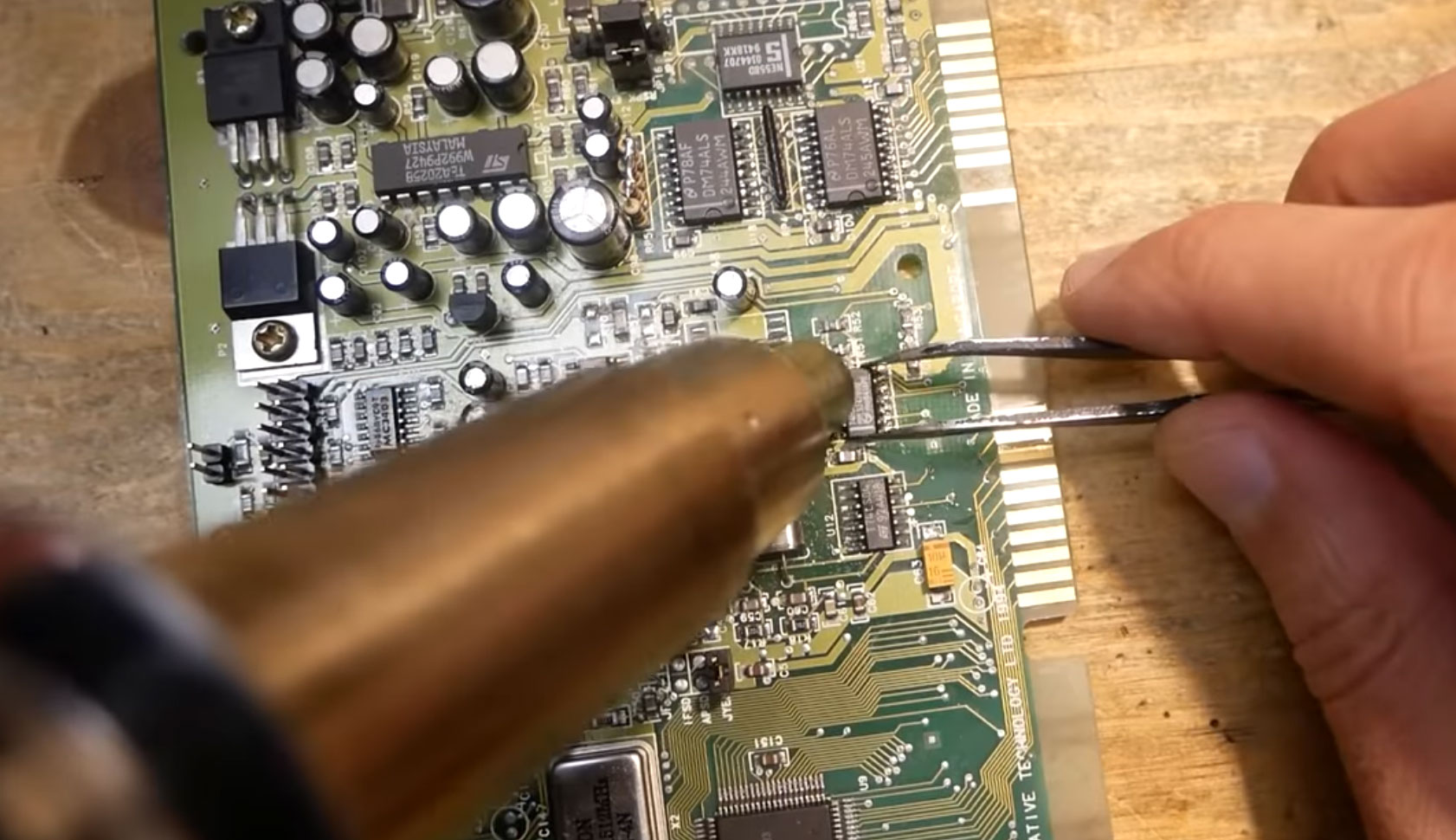
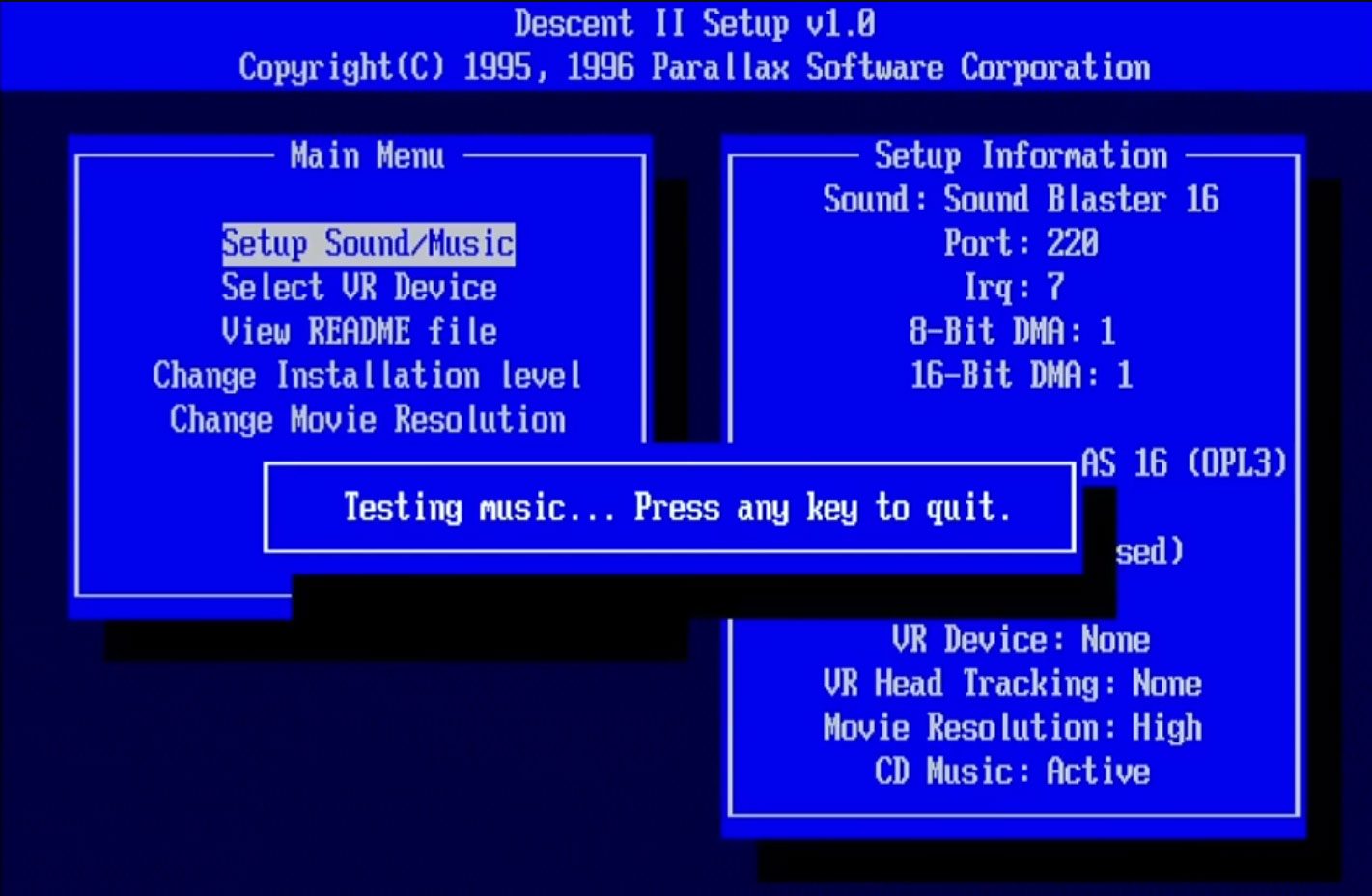
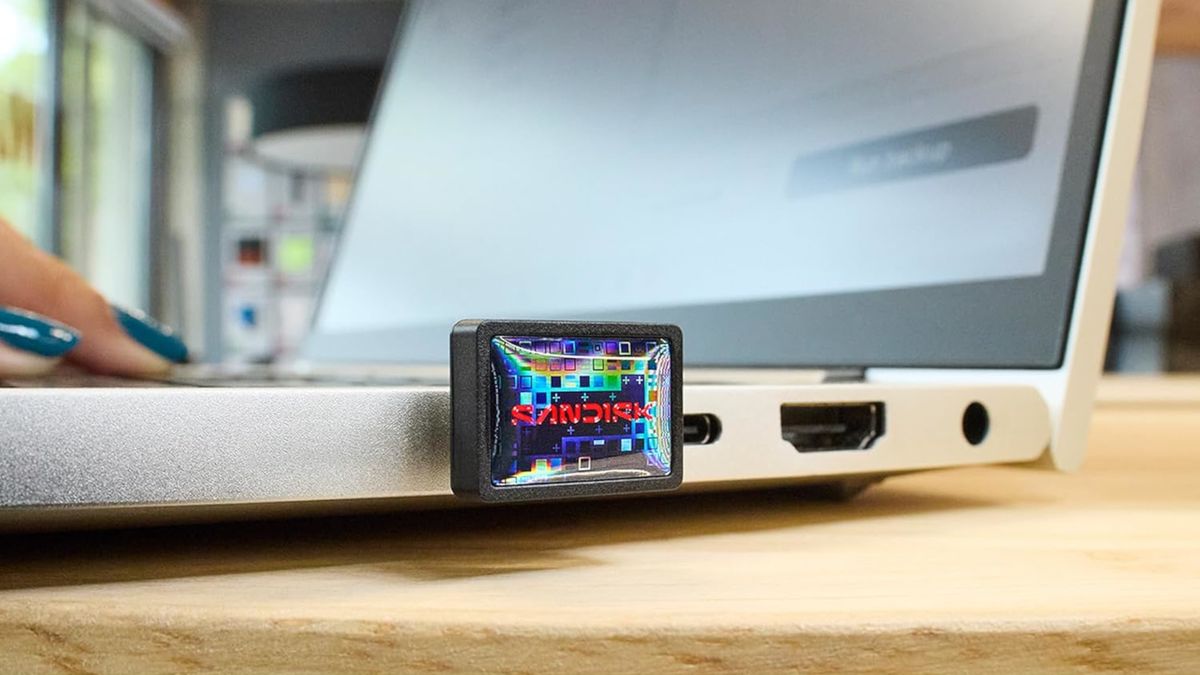

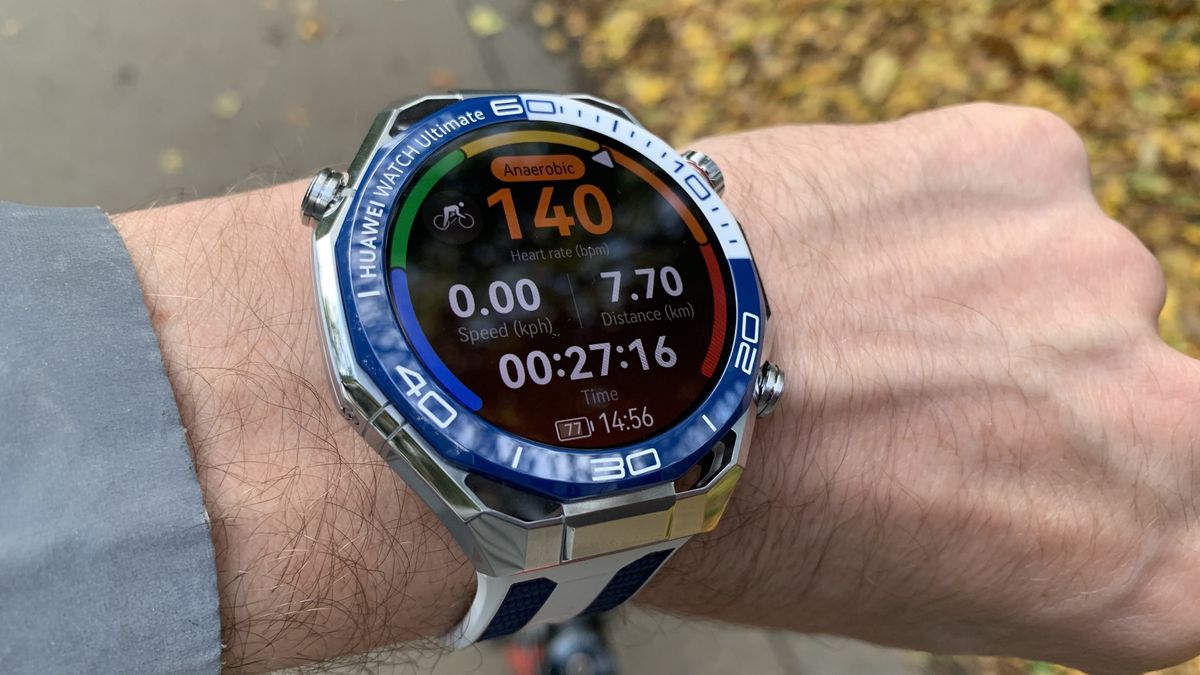



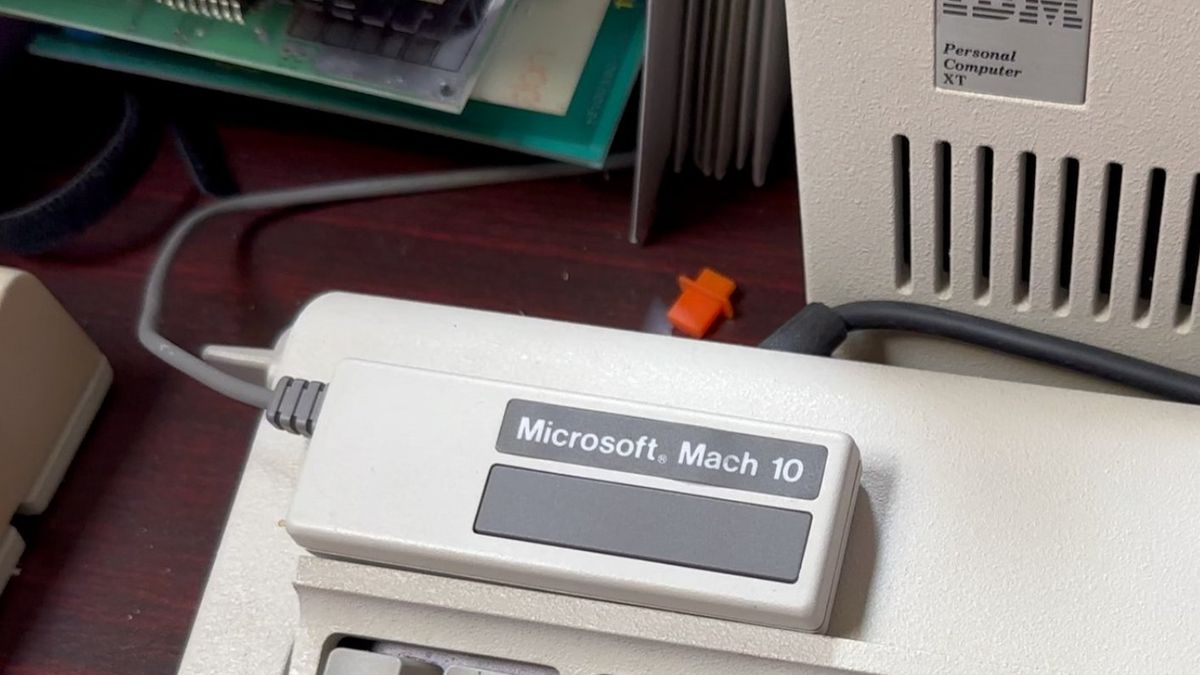
 English (US) ·
English (US) ·